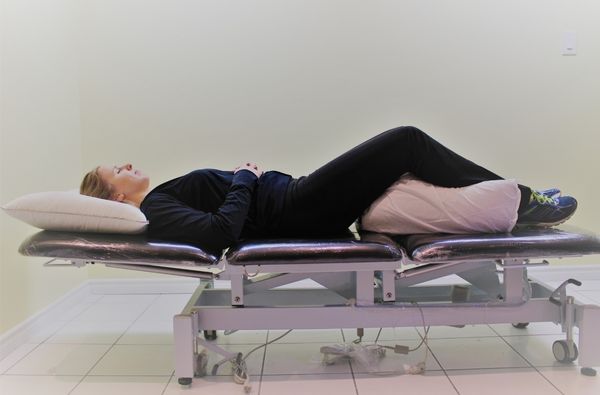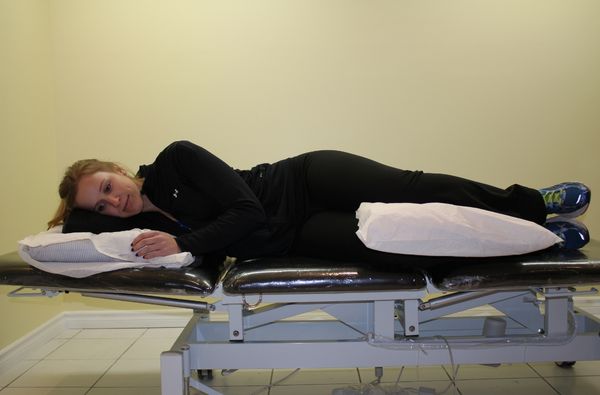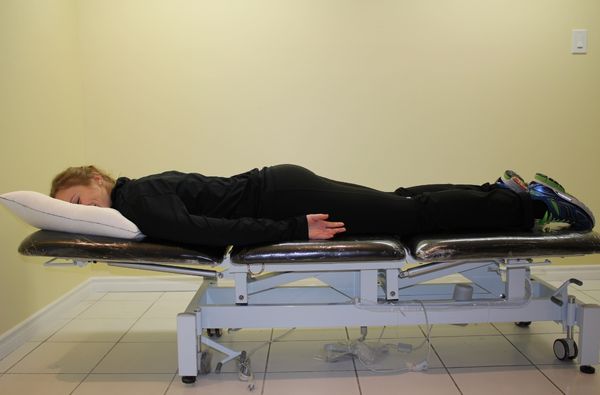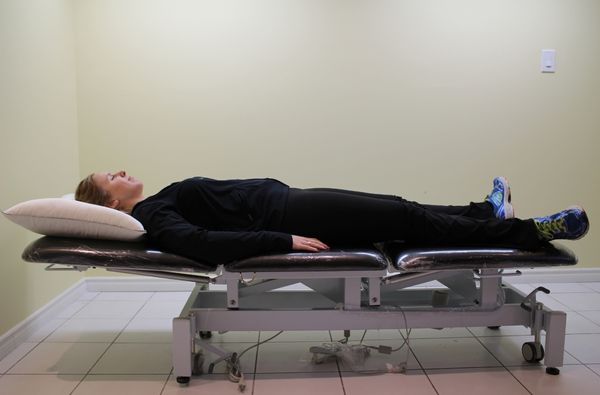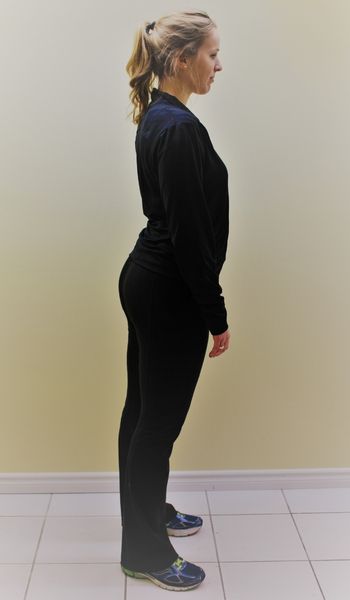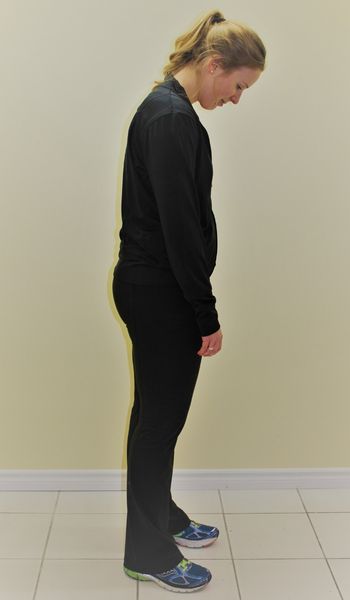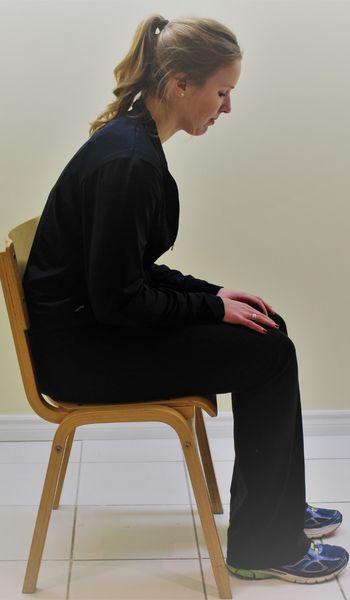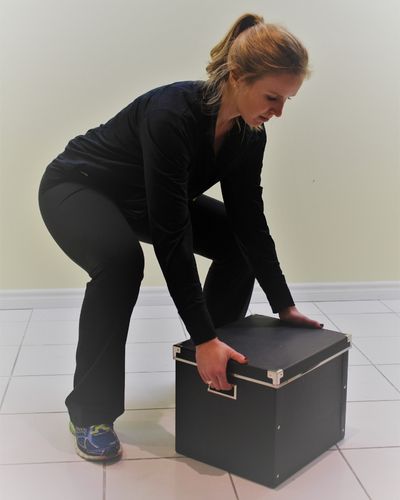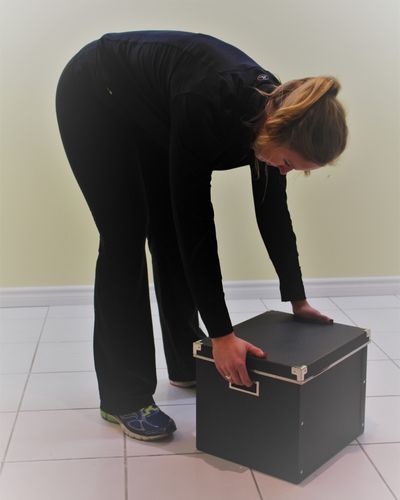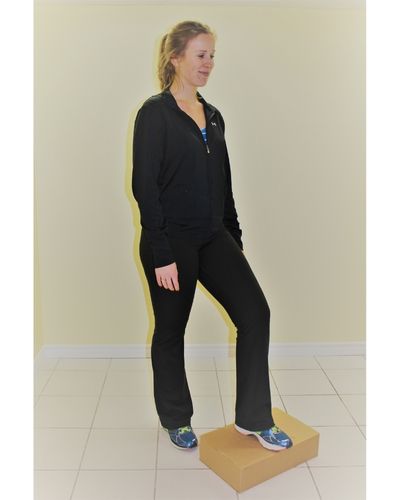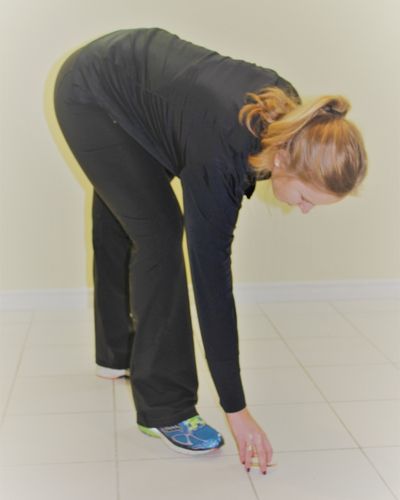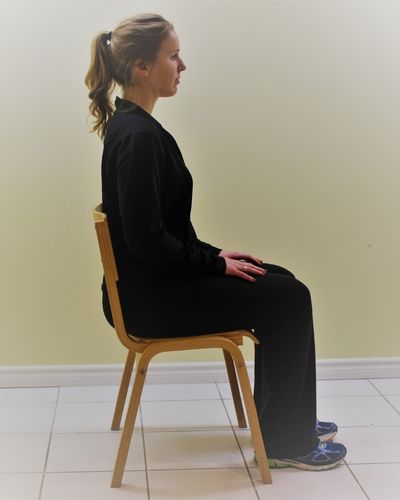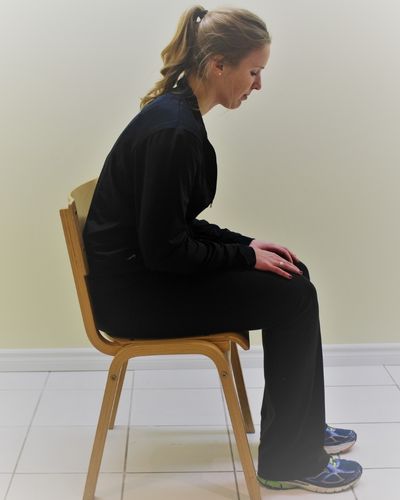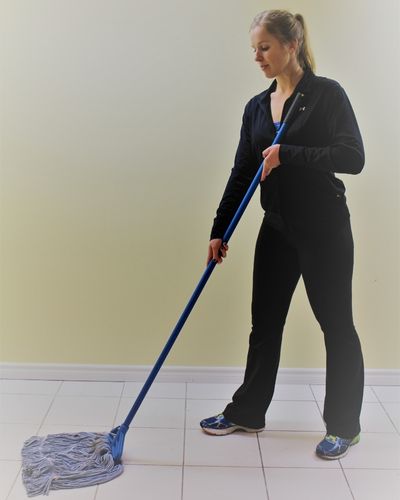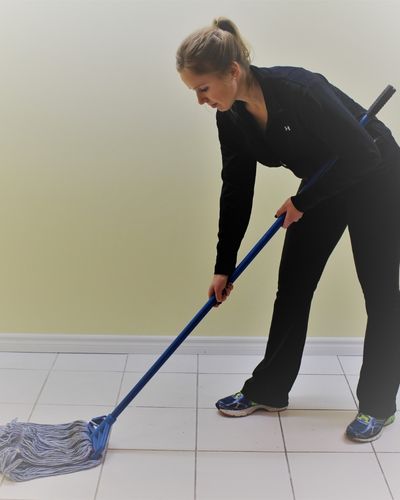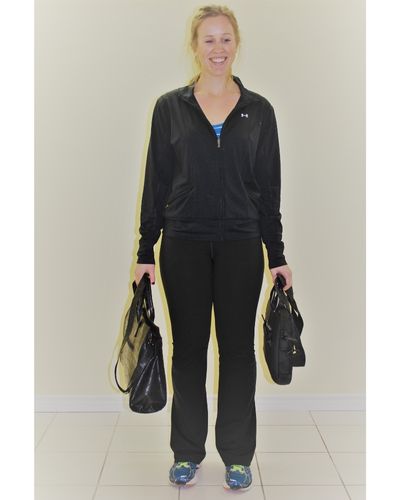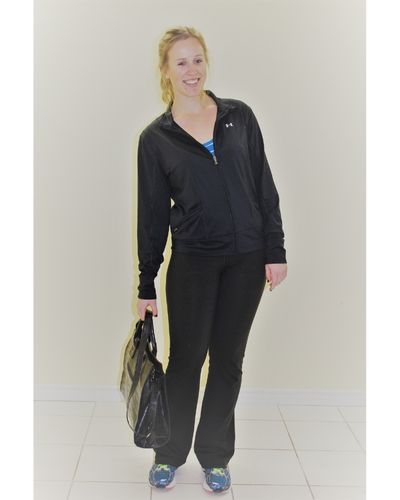Covered by OHIP?
Most services are covered by the Ontario Health Insurance Plan (OHIP)
Waiting Time
Your timeframe depends on the type of procedure.
OHIP Covered Services
Most services are covered by the Ontario Health Insurance Plan (OHIP)
WILDERMAN MEDICAL CLINIC
Good posture: Get back to basics.
Creating and maintaining good posture decreases your risk of back problems.
Achieving a comfortable, good posture will provide a functional range of movement that will allow you to perform daily activities safely.
Creating proper balance and alignment of the back
There are several key steps in creating proper balance and alignment of the back. The spine should be straight with your body weight balanced over your legs and centered between your feet.
Tightening the stomach muscles while slightly bending the knees, and tucking under the buttocks all work together to straighten the lower spine. These activities together remove pressure and strain from the lower back.
Relaxing and rolling the shoulders back over the pelvis stabilizes upper body weight. Keeping your ears back, and over your shoulders, balances the head and relieves strain on your neck.
Relaxing and rolling the shoulders back over the pelvis stabilizes upper body weight. Keeping your ears back, and over your shoulders, balances the head and relieves strain on your neck.
Disciplining yourself to maintain good posture will be rewarded with a lifetime of comfort and reduced stress on the many complex structures of the back.
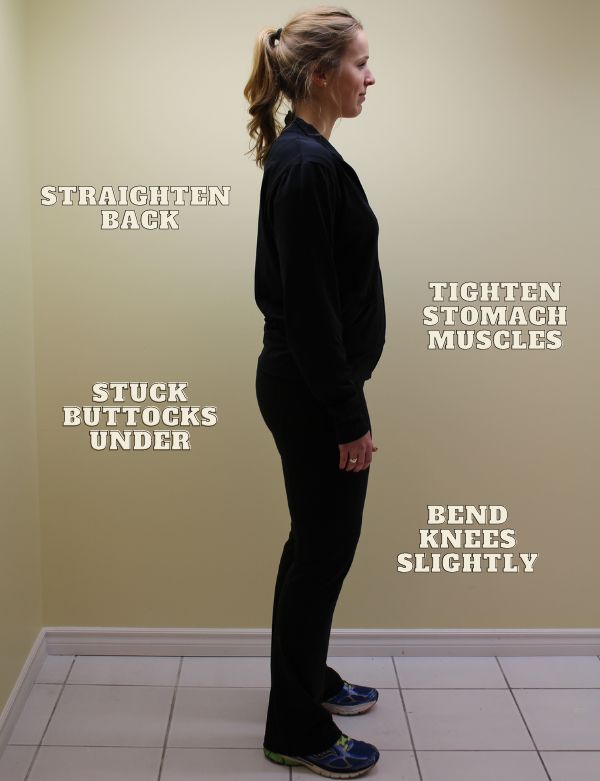
Sleeping and resting
Sleeping and resting on your side with bent knees, and a pillow between your knees, or on your back with knees supported on a pillow provides the least strain to your resting back.
Sleep on a firm mattress with good support.
Avoid poorly supported resting postures.
Other positions that are frequently adopted
1.- A swayback with the stomach and buttocks sticking out strains the lower back.
2.- Slouching forward at the shoulders reduces flexibility in the back and strains the neck.
3.- Sitting puts more stress on the back than standing, especially when slouching.
Keep a good posture daily
Taking care of your back is one of the most important activities you must include in your daily routine. With knowledge of your anatomy, good posture, and strong muscular support you will now move wisely throughout each day.
Remember to keep your back’s natural curves aligned, balanced, and well-supported. By moving your back as a unit, you avoid bending and twisting motions that put stress on your discs. When lifting, hold and carry objects close to your body’s center of gravity to enable you to balance and use your arm and leg muscles.
To relieve pressure on the lower back while standing, raise one foot or the other. Also, slightly bending your knees enables the pelvis to tilt and decreases dangerous stress on the lower back.
Standing with good posture and lying down with support relieves back pressure more effectively than sitting, which is not a restful position for your back,
Good posture is a full-time job. The exercises that give you the basic training and skills to move safely must be applied to everyday living, throughout each day.
Heavy lifting
Heavy lifting should use the work of your legs and not the back. Bend through your hips and knees. Keep the weight close to your body to reduce stress on the back.
The first posture (on the left side) is the proper posture. While the posture assumed in the photo on the right is an inadequate posture.
Other Postures that are frequently adopted
1.- When standing for long periods of time resting a leg on a low stool reduces stress on the back.
2.- Picking up small objects with a golfer’s lift with a straight back uses movement at the hip and a straight spin.
Sitting straight
Sitting straight with good lumbar support and knees level with the hips is the least stressful.
The first posture (on the left side) is the proper posture. While the posture assumed in the photo on the right is an inadequate posture.
Never push and pull when cleaning
Never push and pull a vacuum, shovel, or shopping cart with a bent back.
The first posture (on the left side) is the proper posture. While the posture assumed in the photo on the right is an inadequate posture.
Carrying a heavy bag
Carry a tool box, suitcase, or briefcase with a straight, balanced posture.
The first posture (on the left side) is the proper posture. While the posture assumed in the photo on the right is an inadequate posture.

